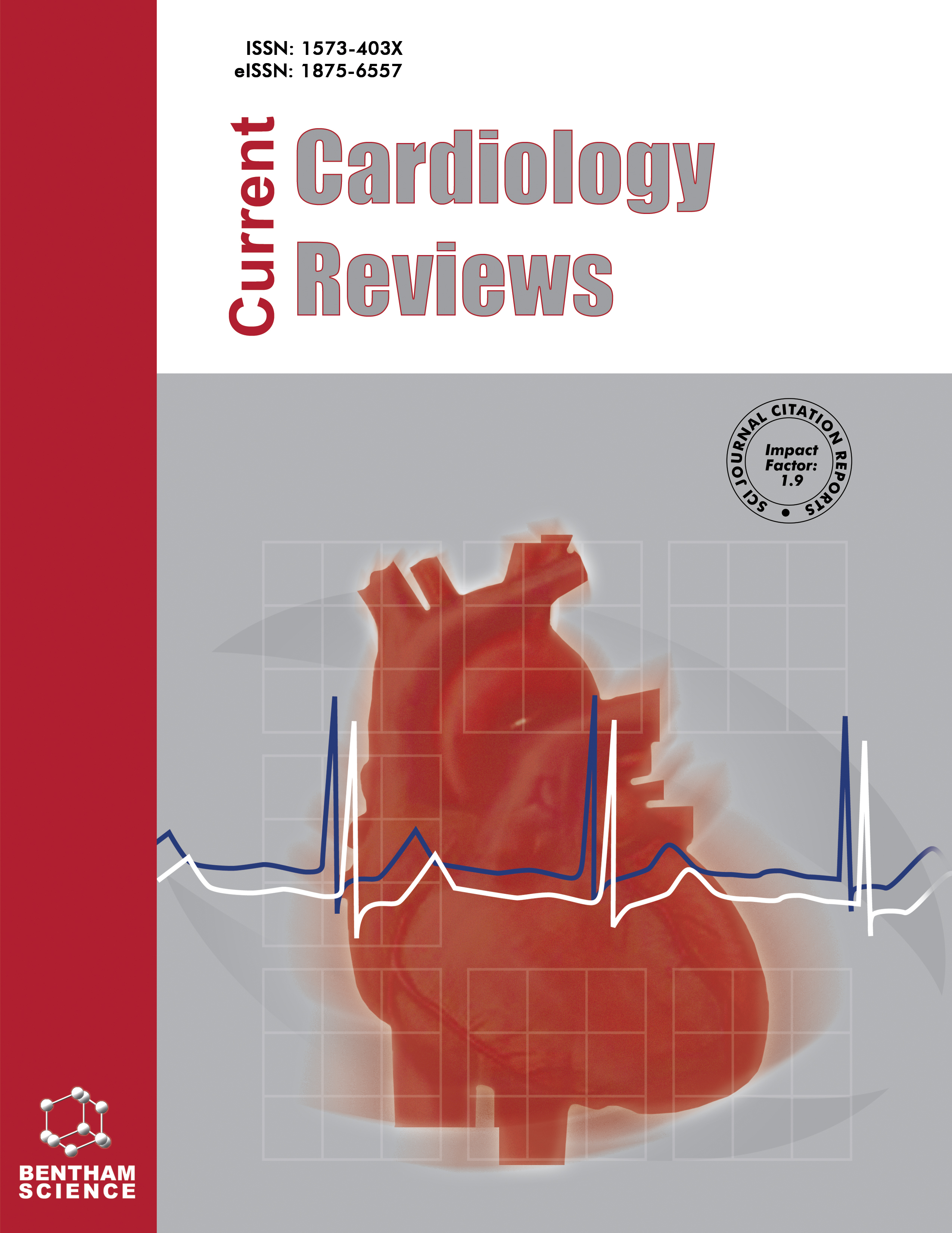
Full text loading...
We use cookies to track usage and preferences.I Understand
Current arrhythmia therapies such as ion channel blockers, catheter ablation, or implantable cardioverter defibrillators have limitations and side effects, and given the proarrhythmic risk associated with conventional, ion channel-targeted anti-arrhythmic drug therapies, a new approach to arrhythmias may be warranted. Measuring and adjusting the level of specific ions that impact heart rhythm can be a simple and low-complication strategy for preventing or treating specific arrhythmias. In addition, new medicines targeting these ions may effectively treat arrhythmias. Numerous studies have shown that intracellular and extracellular zinc concentrations impact the heart's electrical activity. Zinc has been observed to affect cardiac rhythm through a range of mechanisms. These mechanisms encompass the modulation of sodium, calcium, and potassium ion channels, as well as the influence on beta-adrenergic receptors and the enzyme adenylate cyclase. Moreover, zinc can either counteract or induce oxidative stress, hinder calmodulin or the enzyme Ca (2+)/calmodulin-dependent protein kinase II (CaMKII), regulate cellular ATP levels, affect the processes of aging and autophagy, influence calcium ryanodine receptors, and control cellular inflammation. Additionally, zinc has been implicated in the modulation of circadian rhythm. In all the aforementioned cases, the effect of zinc on heart rhythm is largely influenced by its intracellular and extracellular concentrations. Optimal zinc levels are essential for maintaining a normal heart rhythm, while imbalances-whether deficiencies or excesses-can disrupt electrical activity and contribute to arrhythmias

Article metrics loading...

Full text loading...
References


Data & Media loading...

